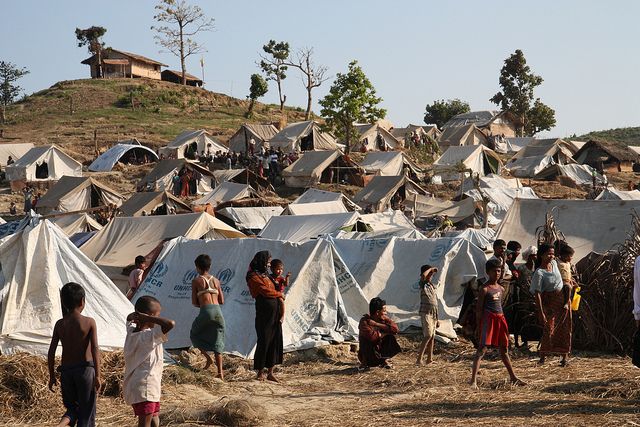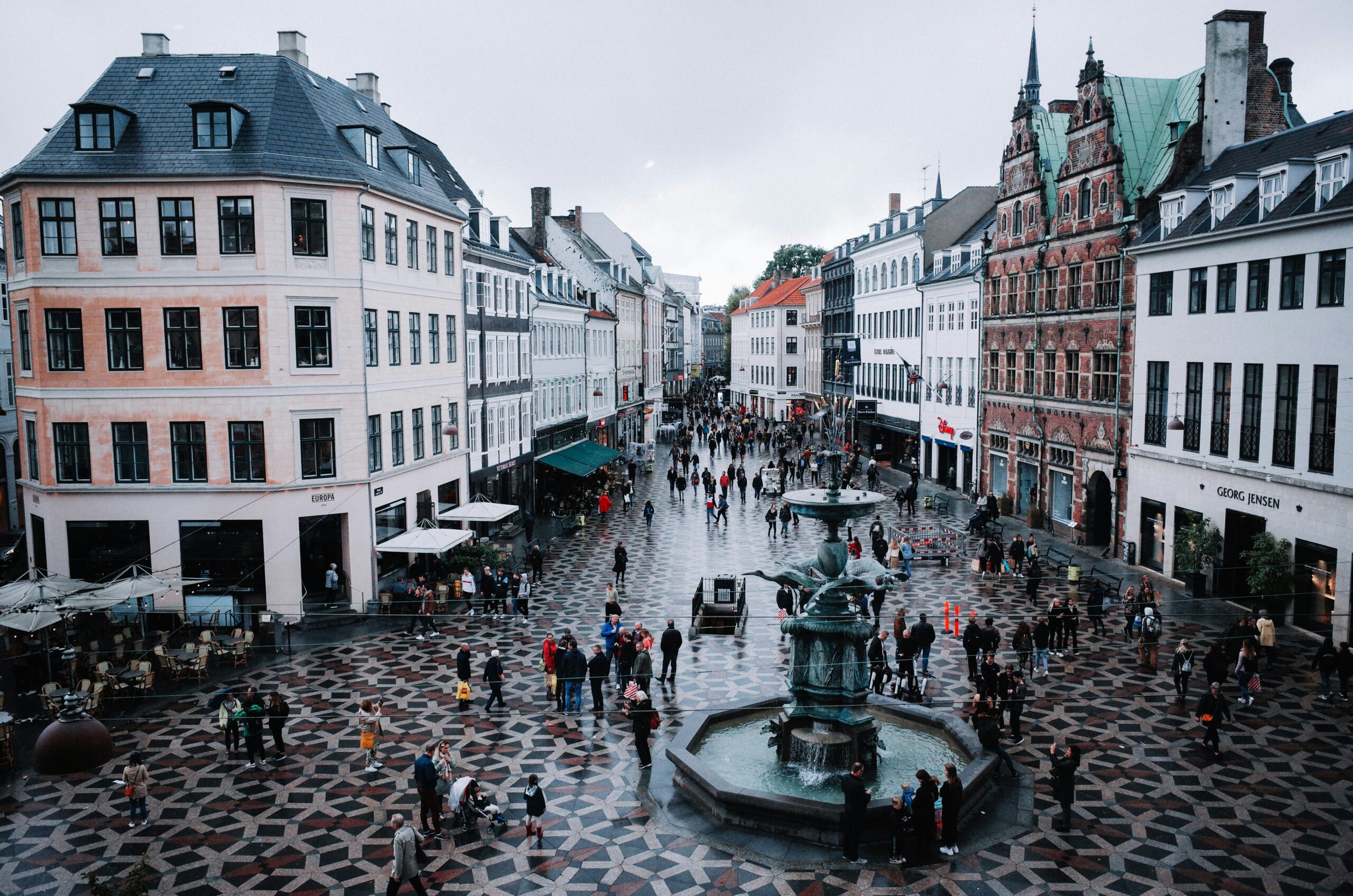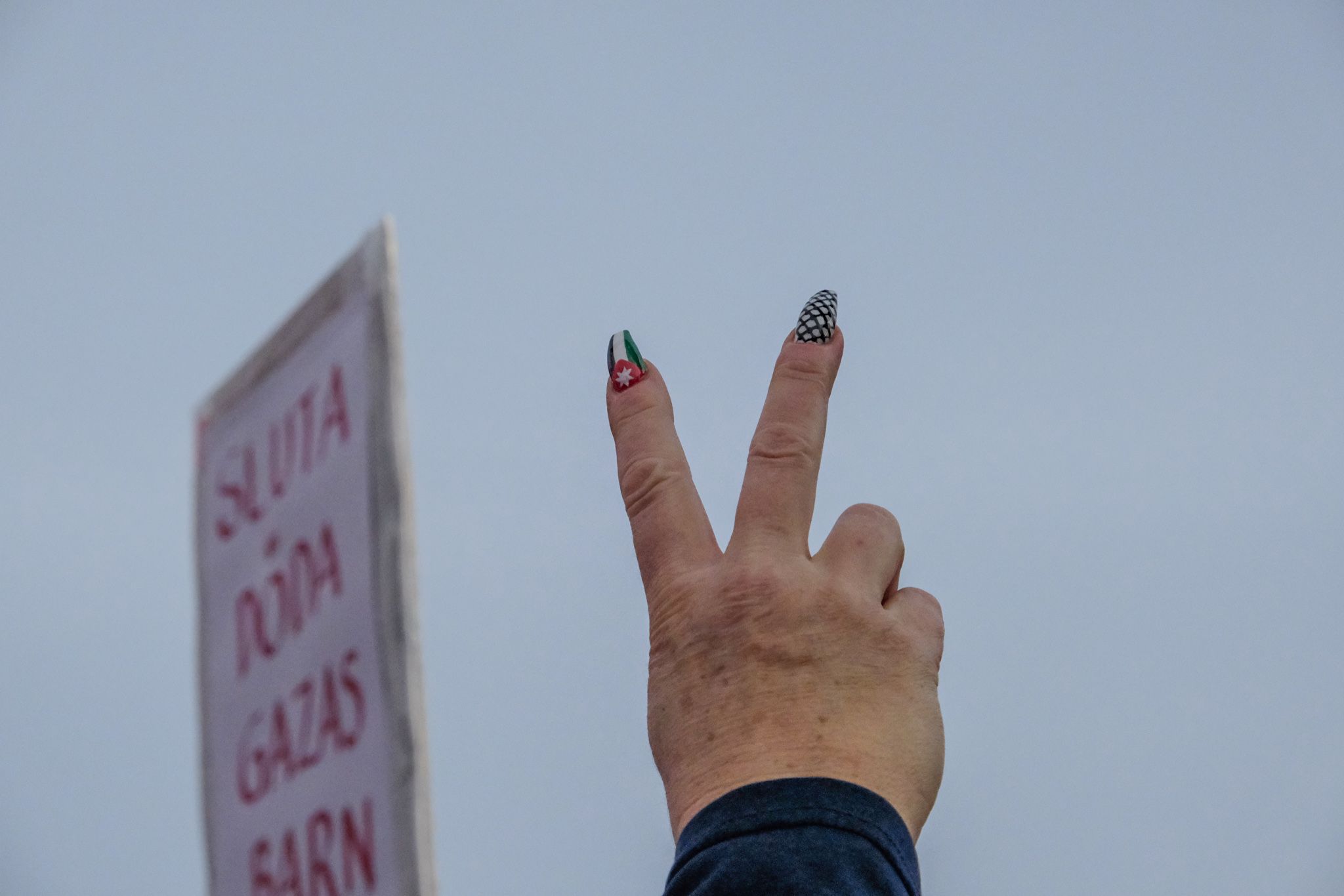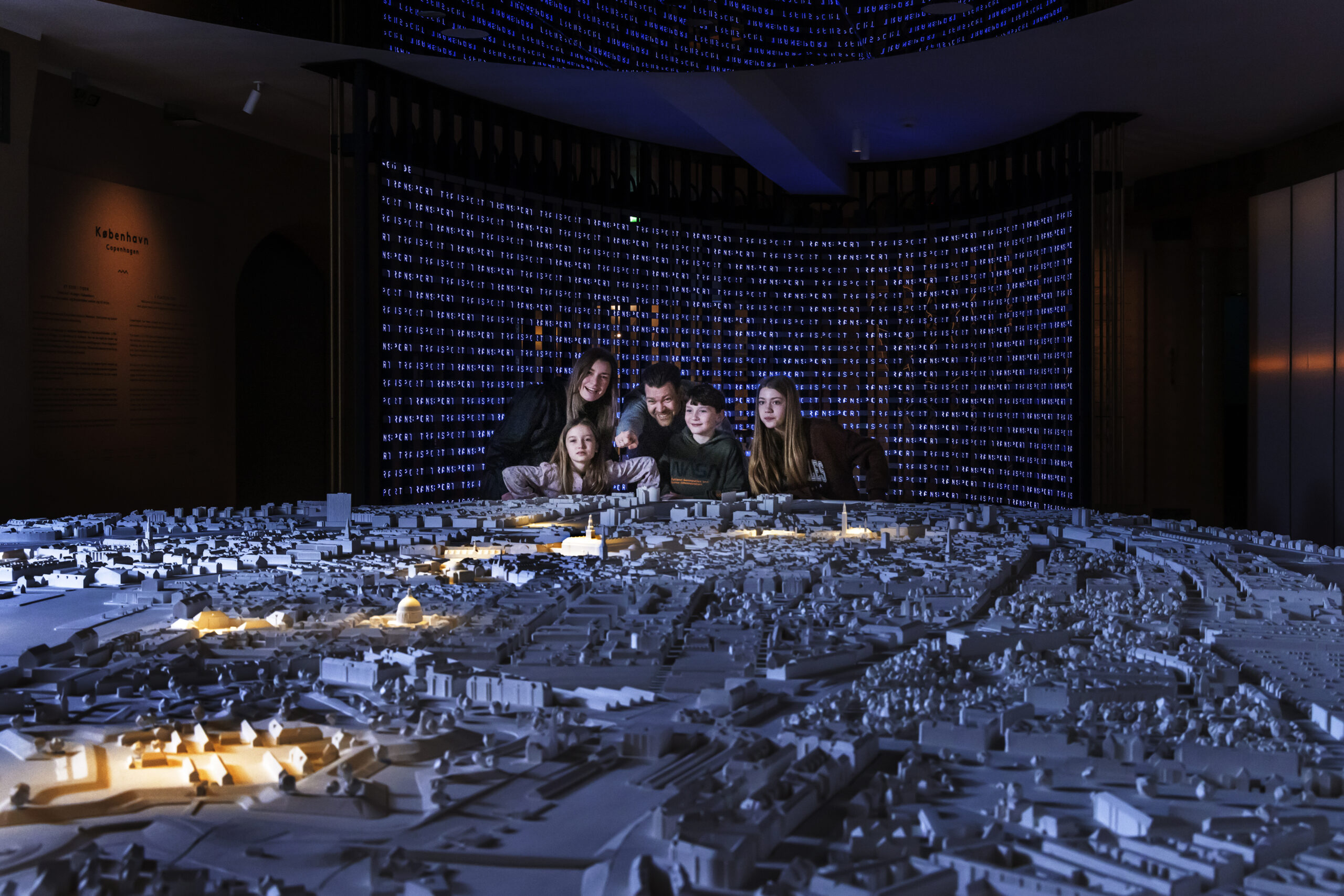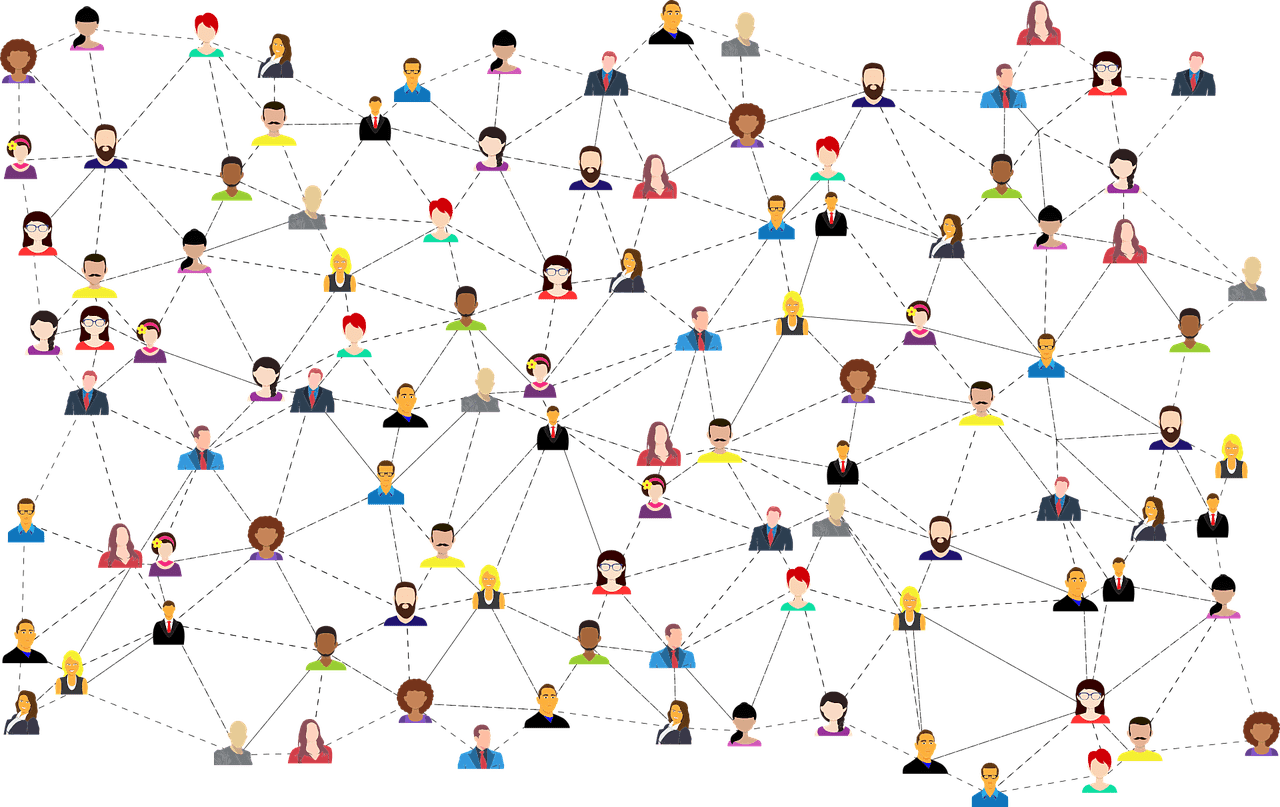Only 14 politicians from ethnic backgrounds other than Danish found a seat in the councils of the country's ten largest councils, even though they are home to most of the nation's immigrants.
Before the November 19 election, there were 24 local politicians from different ethnic backgrounds.
Kolding's mayor, John Petersen (V), said that the trend is a positive one.
“I see it as a healthy sign If Kolding residents with Somali, Turkish or other backgrounds chose a candidate from a Danish background,” Petersen told Ugebrevet A4 newspaper.
Petersen said that the results show that immigrants feel fully integrated in Kolding.
“They see themselves first and foremost themselves as citizens in Kolding,” he said. “They are not looking back to where they originally came from.”
In Copenhagen, only four members of the City Council are from immigrant backgrounds. In Aarhus, there are three, and there is only one council member with immigrant roots on the councils of Odense, Esbjerg and Frederiksberg.
Social researcher Christian Elmelund-Præstekær from the University of Southern Denmark said that the low numbers leave large parts of the population under-represented.
“When there are so few immigrants in local politics it creates a vicious circle,” he told Ugebrevet A4. “Voters and potential candidates start believing that a local politician is a white, middle-aged white man, making immigrants less likely to run and vote.”
Aalborg gets first ever immigrant on city council
The northern Jutland city of Aalborg elected its first ever immigrant to sit on the city council during the last election, Nuuradiin S Hussein (S).
He was pleased that immigrants helped him in his bid for office, but he also said that ethnic Danes voted for him as well.
“Minority groups in Aalborg have supported me 100 percent, but I also got a lot of votes in areas where not many minority citizens live and that means a lot to me,” Hussein told Ugebrevet A4.
Hussein believes that the political parties need to do more to help immigrants win elections.
“There are many talented people from other ethnic backgrounds, and the political parties need to do more to get them lined up,” he said.
Another problem is getting immigrants to the polls. Although the turnout is increasing, the level of immigrant voters remains well below the national average. In some areas, the numbers of immigrants voting is less than half the national average. Researchers say that although the numbers are going up, immigrant voters need to see more candidates that they can relate to.
While the turnout for last week's elections was up to 72 percent nationwide, the turnout in the predominately immigrant neighbourhood of Vollsmose near Odense fell by four percentage points to 49 percent.




